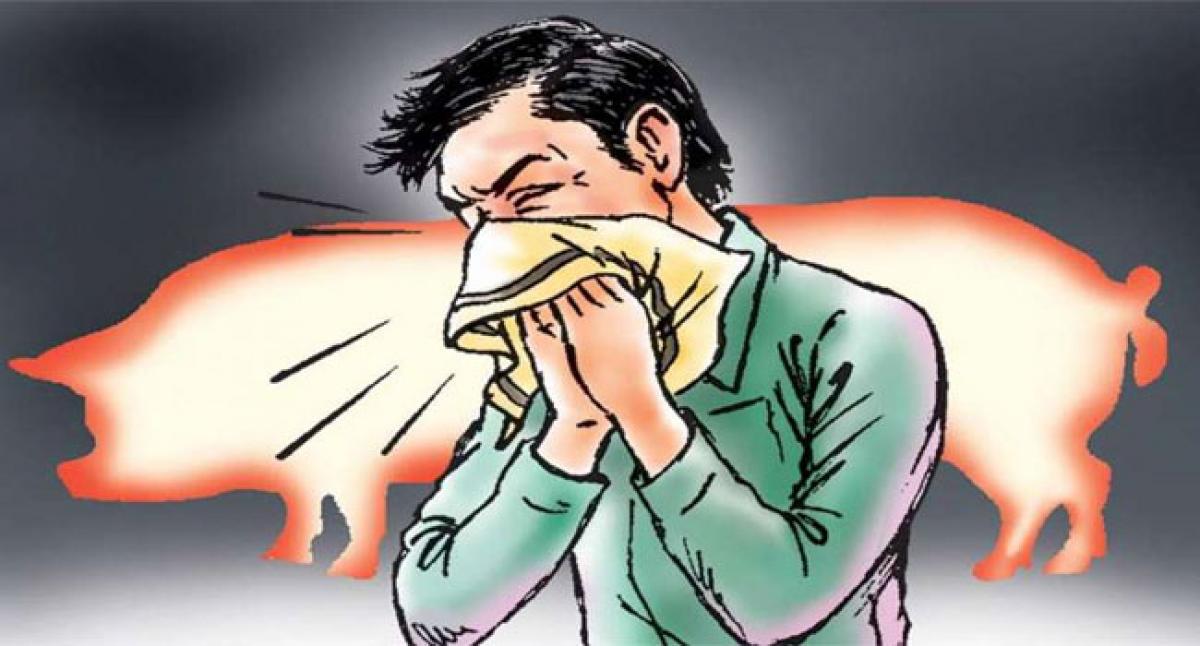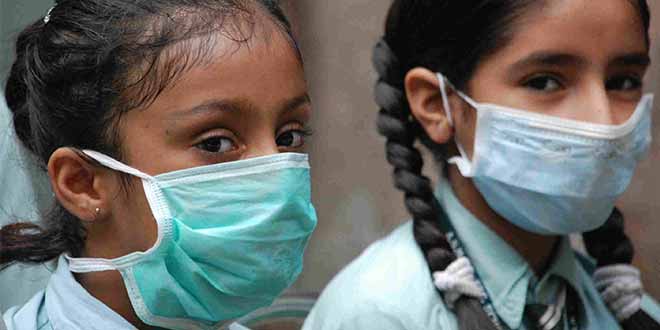

In general, these were the same groups that were usually more vulnerable during seasonal influenza-those with underlying heart disease, lung disease, and so on.

However, certain other groups were more vulnerable ( 1– 6). Data from many countries also showed that the elderly seemed to be relatively protected from getting infected (presumably as a result of previous infections with other influenza viruses and thus acquired immunity). However, the mortality rate was very low and similar to what had been seen in the USA and Canada during their spring. Winter arrived and large numbers of cases were reported in southern Australia in June 2009 ( 1, 3, 4). However, there remained concerns that enhanced virulence might still be seen during the upcoming winter in the Southern Hemisphere. The case fatality rate was likely less than 1 in 10,000 people infected ( 2). However, by May 2009, data from the USA and elsewhere showed that its virulence was considerably less than that initially reported in Mexico ( 1). The virus did indeed spread quickly around the world. Access to antiviral drugs and vaccines and the measures that were needed to prevent the spread of this virus were at the forefront of this discussion. Governments and their populations asked what would be the effects on themselves and others. This triggered internationally, pandemic plans-designed to cope with predicted new virulent strains of influenza, such as ‘Bird Flu’ (H5N1).

Media reports helped fuel fears around the world that we might see a recurrence of events associated with the ‘Spanish flu’ in 1918–1919, when tens of millions of people died. When a new H1N1 strain of influenza was reported in Mexico in April 2009, it appeared to be associated with a high mortality.


 0 kommentar(er)
0 kommentar(er)
